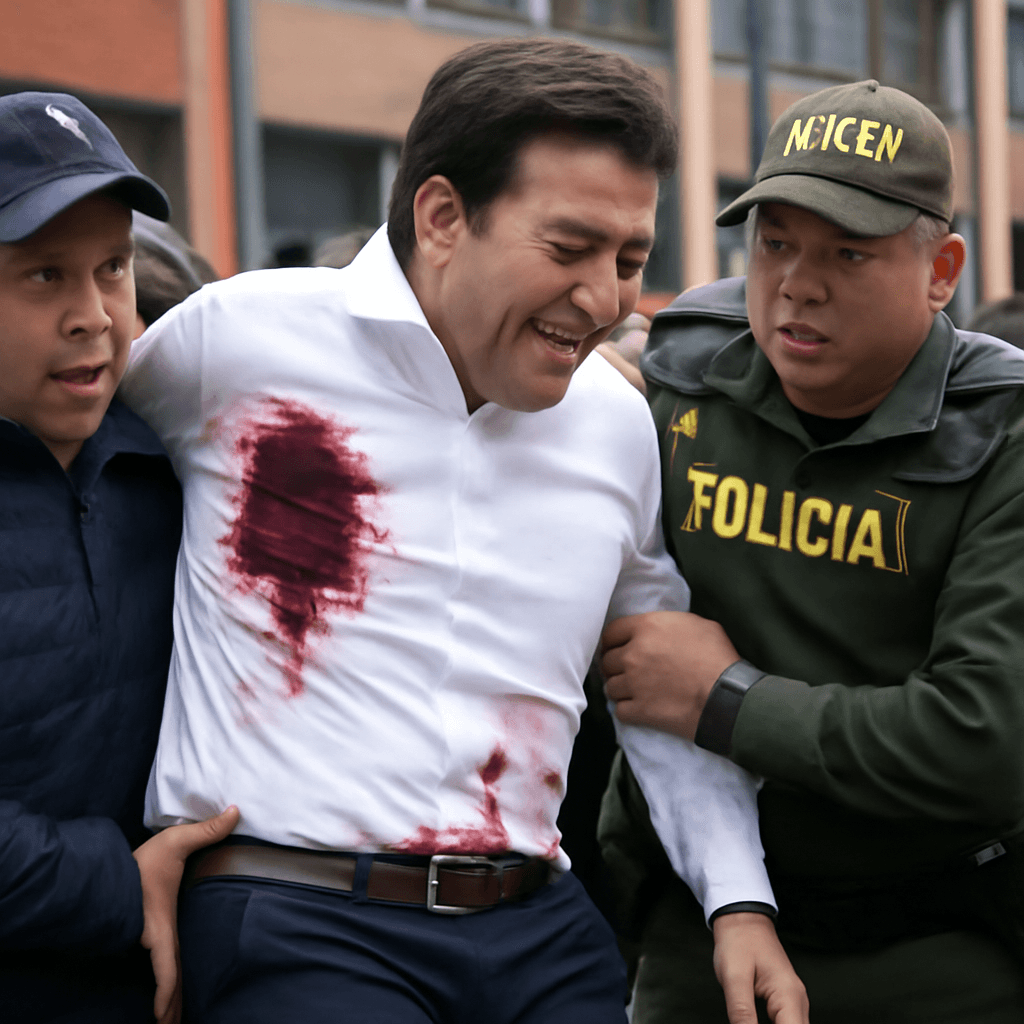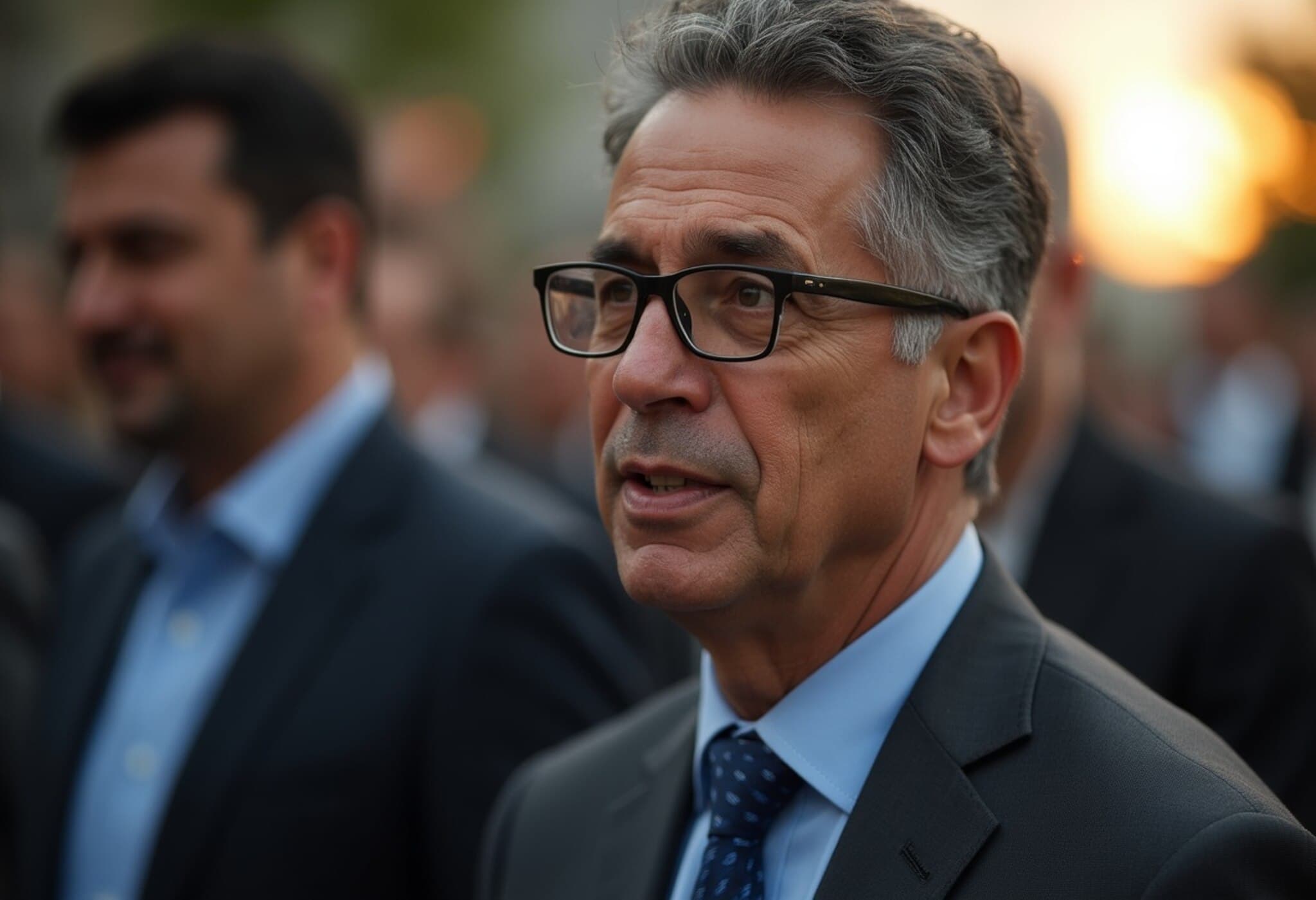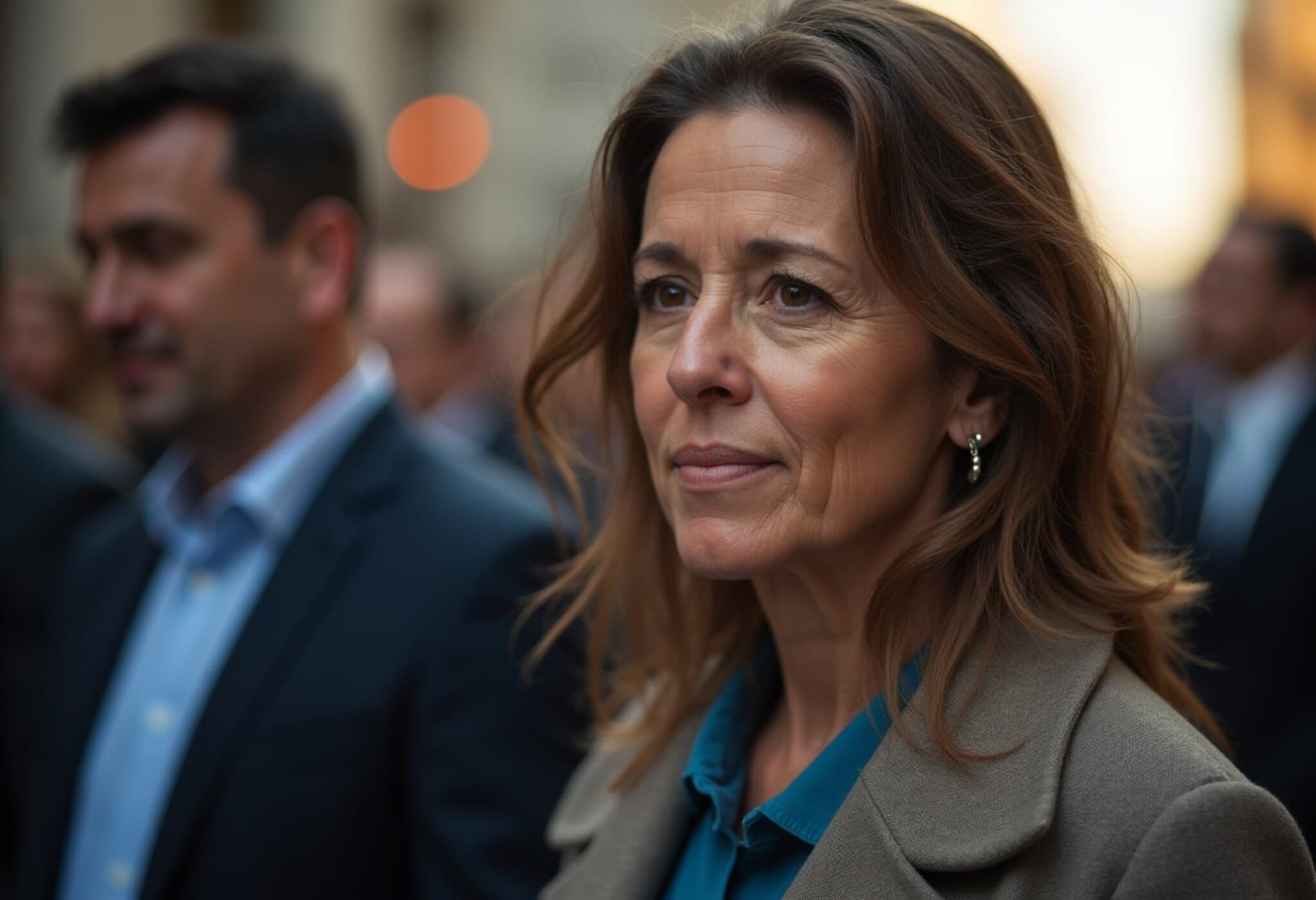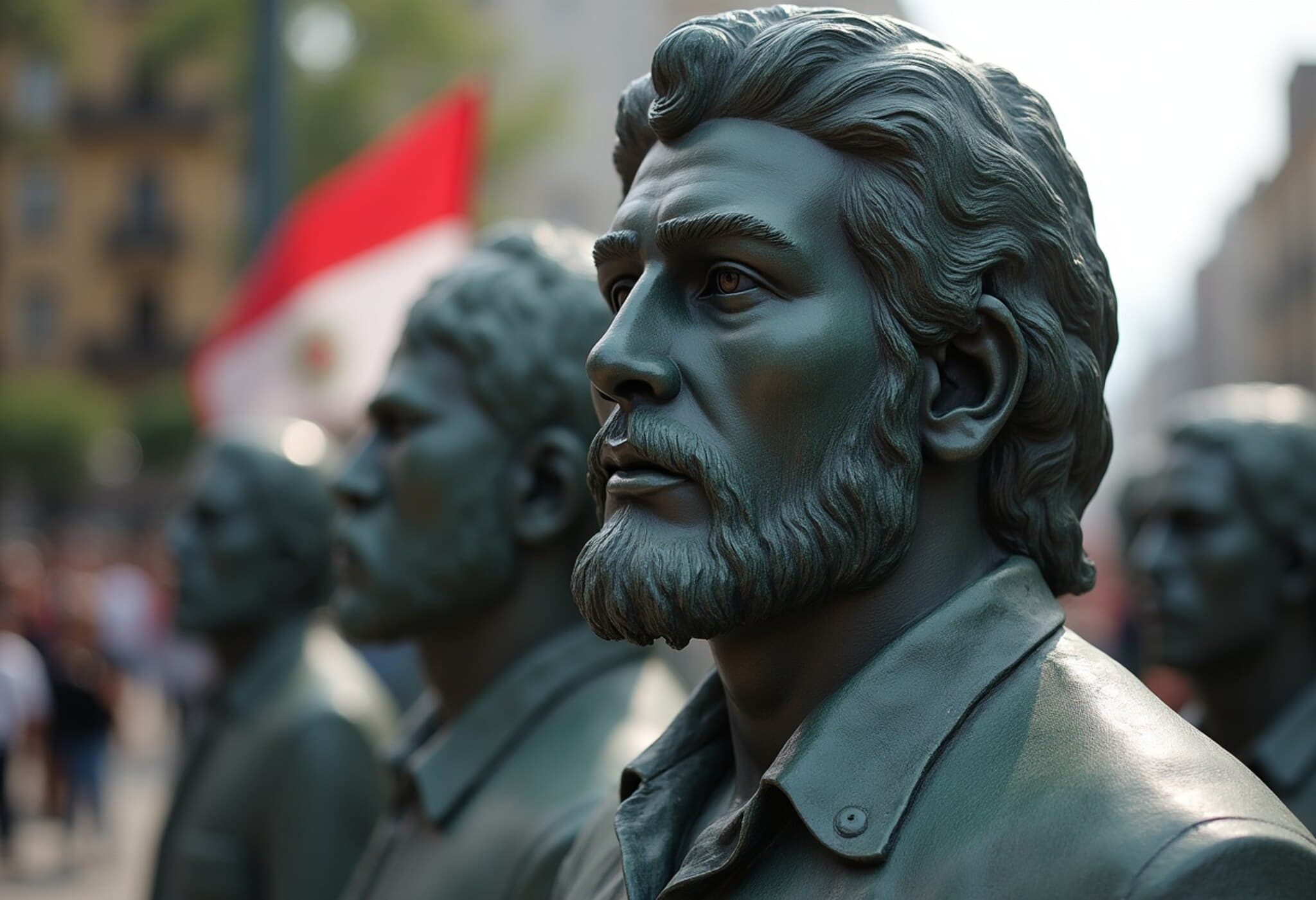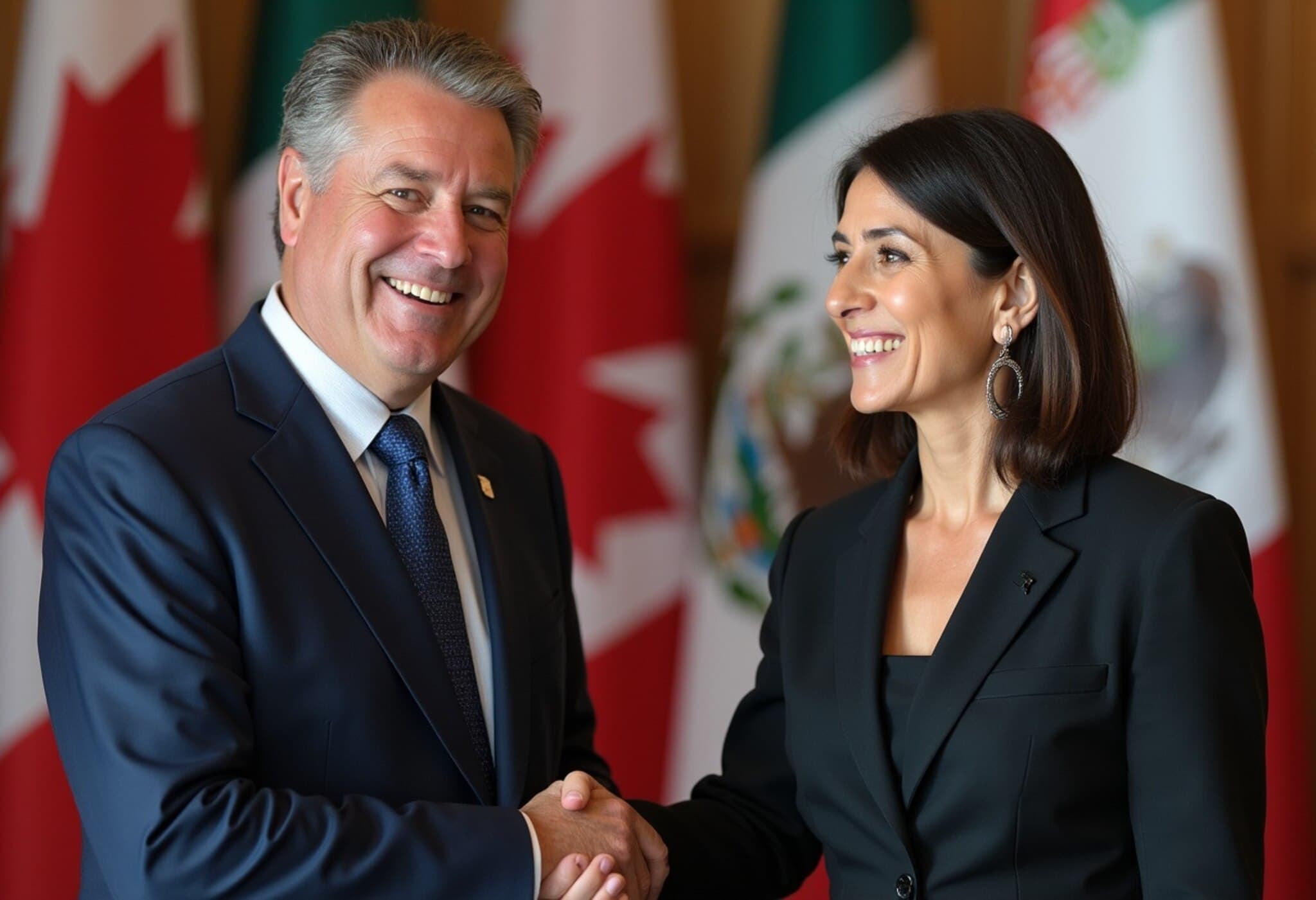Claudia Sheinbaum Makes Historic Call in Mexico's 215th Independence Celebration
In a landmark moment that reverberated across Mexico and beyond, President Claudia Sheinbaum became the first woman in 215 years to lead the traditional Grito de Dolores, the annual cry marking Mexico’s Independence Day. Standing atop the National Palace balcony overlooking the vibrant crowds at Mexico City’s iconic Zócalo, Sheinbaum’s call to arms echoed a historic cry first uttered in 1810 by Father Miguel Hidalgo y Costilla, igniting Mexico’s fight against Spanish colonial rule.
A Symbolic Milestone for Mexican Women and National Identity
President Sheinbaum, 63, who has maintained high approval ratings throughout her first year despite facing complex issues such as trade tensions and cartel violence, imbued the event with profound symbolism. This historic moment underscored both the transformative role of women in Mexico’s political landscape and the enduring fight for national sovereignty. Before delivering the cry, Sheinbaum and her husband, Jesús María Tarriba, paid respects at a portrait of Leona Vicario — the renowned “mother of the Mexican homeland” — marking the first time a woman’s portrait was featured in the National Palace’s main gallery.
As she received the Mexican flag from an all-female honor guard, Sheinbaum emphasized the inclusion of women often omitted from the independence narrative. She honored rebel heroines such as Gertrudis Bocanegra and María Manuela Molina, and referred to Josefa Ortiz de Domínguez by her maiden name, highlighting the personal identities behind historic figures frequently overshadowed by traditional accounts.
A Call That Resounds Beyond Tradition
Opening her speech with “Mexican women and men,” Sheinbaum’s cry was more than a ceremonial repetition; it was a declaration of inclusivity and resilience. She saluted “unsung heroines,” Indigenous women, and migrant communities — all pivotal threads in the fabric of contemporary Mexico.
Moreover, the president did not shy away from emphasizing Mexican sovereignty at a time when tensions with the United States are particularly heightened. The Trump administration’s hardline approach on migration, trade demands, and cartel-related cooperation has put Mexico in a delicate diplomatic position. Threats and accusations against drug cartels, even proposals for military interventions along the border, have stirred national debate. In this context, Sheinbaum’s call for dignity and independence carried extra weight, reaffirming Mexico’s stance amid external pressures.
Public Enthusiasm and Generational Inspiration
The Zócalo was electric with energy, as thousands gathered to witness a historic event, their cheers reflecting broad popular support for Sheinbaum and her party, Morena. Notably, younger women in attendance symbolized a new era of political empowerment. Jacqueline Olvera, a 35-year-old attendee from Mexico City, shared that bringing her 6-year-old daughter Naomi to see a female president taking the lead was a deeply meaningful experience.
“It’s important that she sees what it means to see a woman empowered and able to become president,” Olvera said.
Naomi beamed enthusiastically, calling the night “special,” as she wore a traditional Mexican outfit and gave a confident thumbs up.
Behind the Celebration: Challenges Ahead
Despite the historic and symbolic triumph of this event, Mexico continues grappling with formidable challenges: entrenched cartel violence, migration pressures, economic uncertainties, and the ongoing need for robust governance reforms. Sheinbaum’s popularity suggests hope, but her administration faces a tightrope walk balancing domestic demands and complex international relations—particularly with the United States.
Expert Insights: A Turning Point for Women’s Political Leadership in Latin America
Sheinbaum’s leadership of the Grito de Dolores is more than symbolic. It signals shifting paradigms in Latin American politics, where female leaders are progressively breaking glass ceilings in nations traditionally characterized by male-dominated power structures. Observers note that such moments help galvanize broader societal changes, inspiring younger generations and challenging entrenched gender norms.
Furthermore, the integration of often overlooked heroines into the independence narrative reflects a global journalistic trend toward more nuanced, pluralistic histories. It provokes important questions: How might recognizing marginalized voices transform national identity? And what does this mean for policy-making around gender equity and indigenous rights?
Conclusion: A Night of Historic Significance and Forward Momentum
President Claudia Sheinbaum’s groundbreaking role in leading Mexico’s independence celebration encapsulated a compelling blend of history, identity, and progress. Her voice bridged centuries, reminding the nation that Mexico’s strength lies not just in tradition but in inclusive futures shaped by resilience, diverse representation, and sovereignty.
This unprecedented moment highlights the growing impact of female leadership in Mexico amid multifaceted challenges from both within and beyond its borders. It invites reflection on the role of historical memory in shaping national unity and the ongoing struggle for gender and indigenous inclusion. As political and social landscapes evolve, how will this historic milestone influence Mexico’s trajectory toward equitable governance and robust sovereignty?


